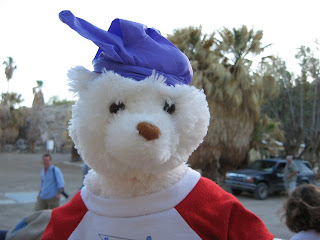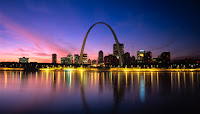We spent most of the day helping with lab work on the soil samples that we helped collect on Monday. We worked on setting up an electrophoresis (how's that for a BIG word?) and prepaing some samples for PCR. Electrophoresis is a way to be sure we found living microbes in the soil. PCR makes thousands of copies of DNA from the bacteria. Here are a few pictures so you can see what the lab looks like.
I also ran into a new friend. Maybe you have heard of him. His name is Flat Stanley. Flat Stanley is also a world traveler - just like me. Stanley has been traveling around the planet for many years and has had many, many adventures. I asked him if he had any advice for me as I begin to travel to many of the places he has been around the world. Flat Stanley's advice was simple: Be yourself, be polite, take your time to be safe, and everyone has been on a great adventure!













































 As you might imagine, it is too hard and too expensive to practice living on the moon or on Mars by going there. NASA needs a place closer to home to practice how they will live on other moons and planets. If you look closely, you will see that the surface of Mars and the surface of the moon look kind of like the desert. So NASA has decided to practice their space techniques in the desert. Someday soon they will send astronauts to start practicing in the desert, but for now, NASA is sending about 50 scientists and teachers (and one polar bear) to study the possibilities for living on the moon (and then Mars!).
As you might imagine, it is too hard and too expensive to practice living on the moon or on Mars by going there. NASA needs a place closer to home to practice how they will live on other moons and planets. If you look closely, you will see that the surface of Mars and the surface of the moon look kind of like the desert. So NASA has decided to practice their space techniques in the desert. Someday soon they will send astronauts to start practicing in the desert, but for now, NASA is sending about 50 scientists and teachers (and one polar bear) to study the possibilities for living on the moon (and then Mars!).




